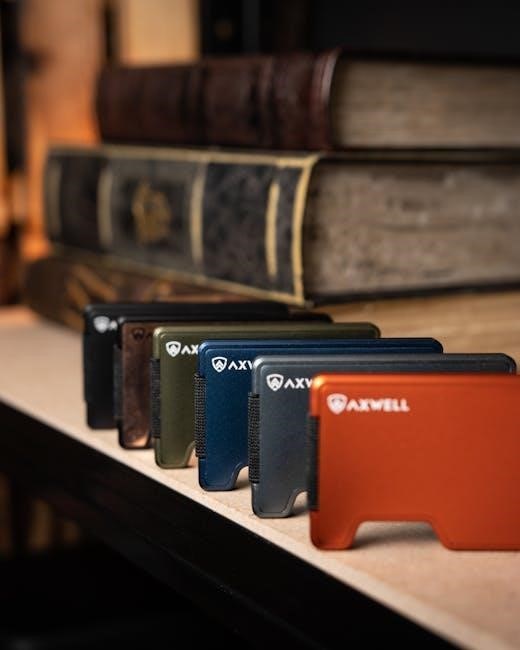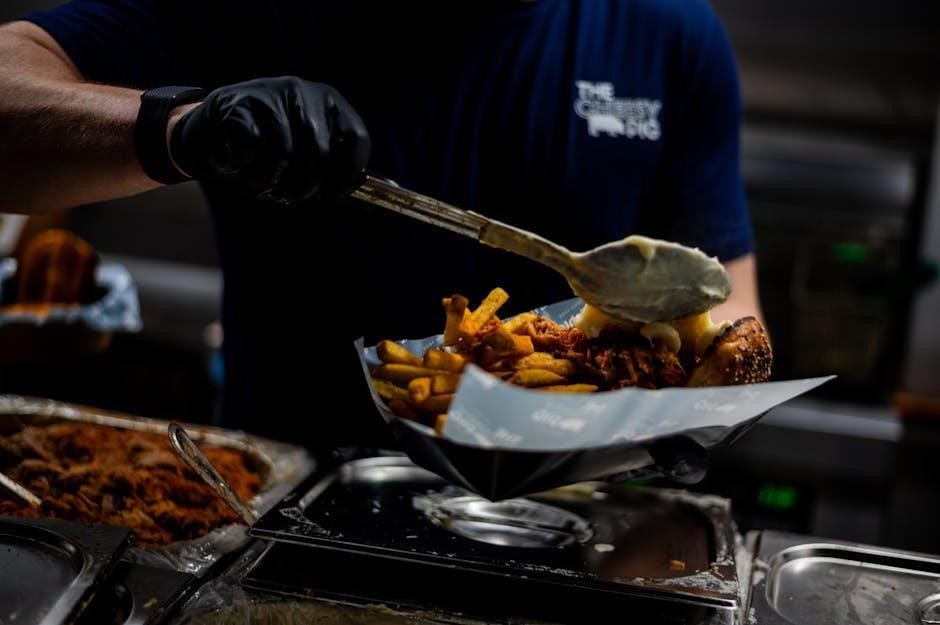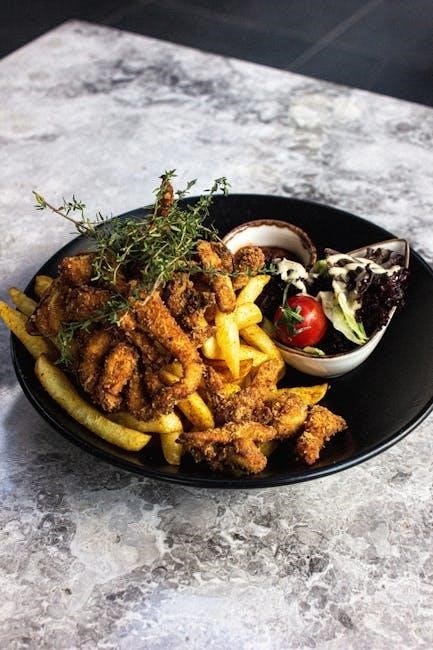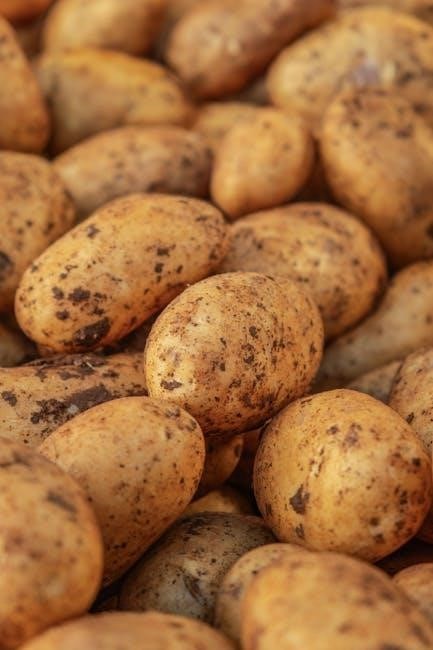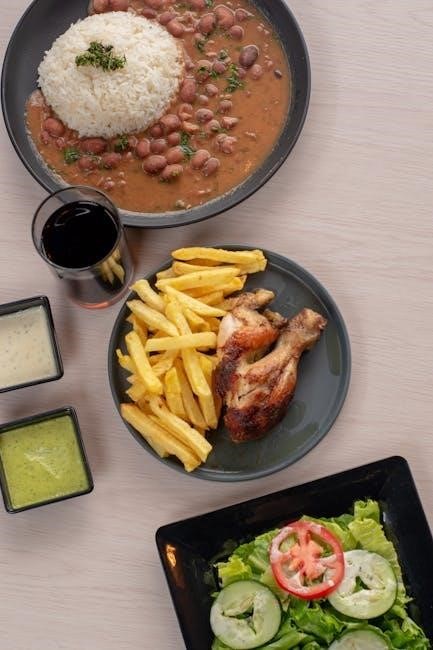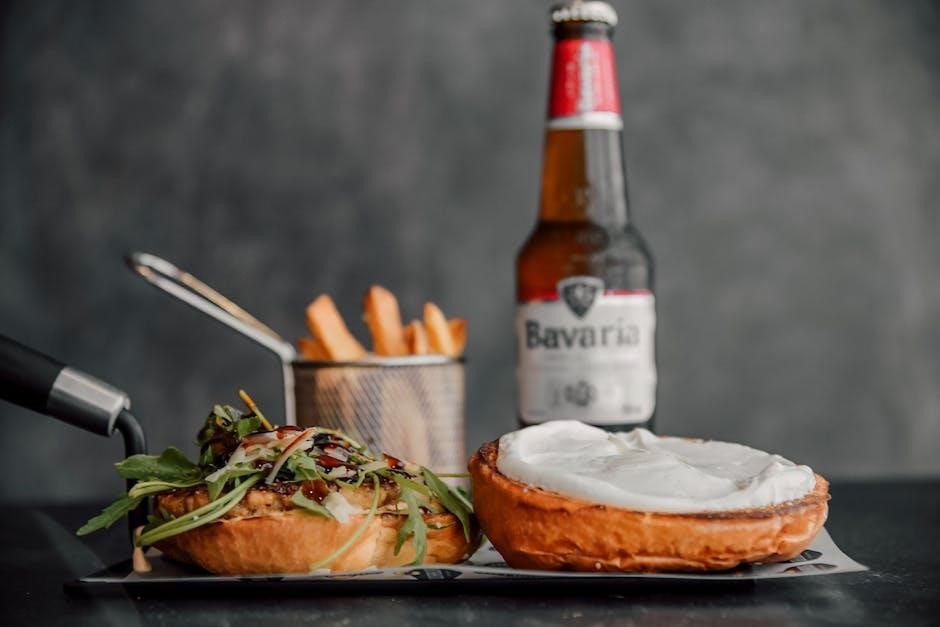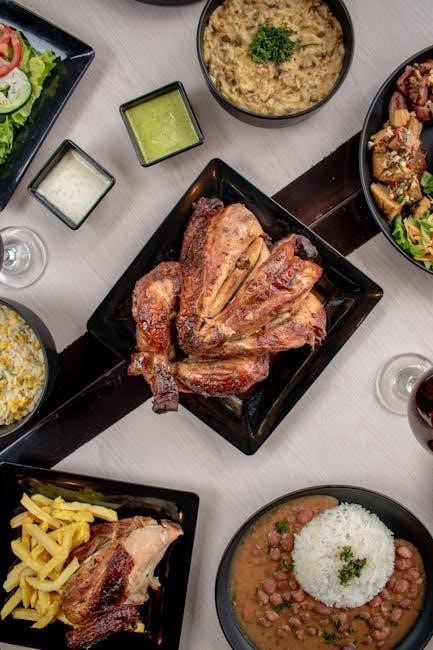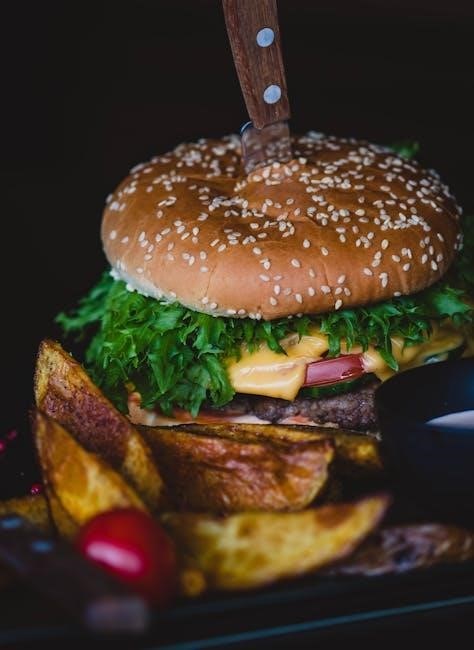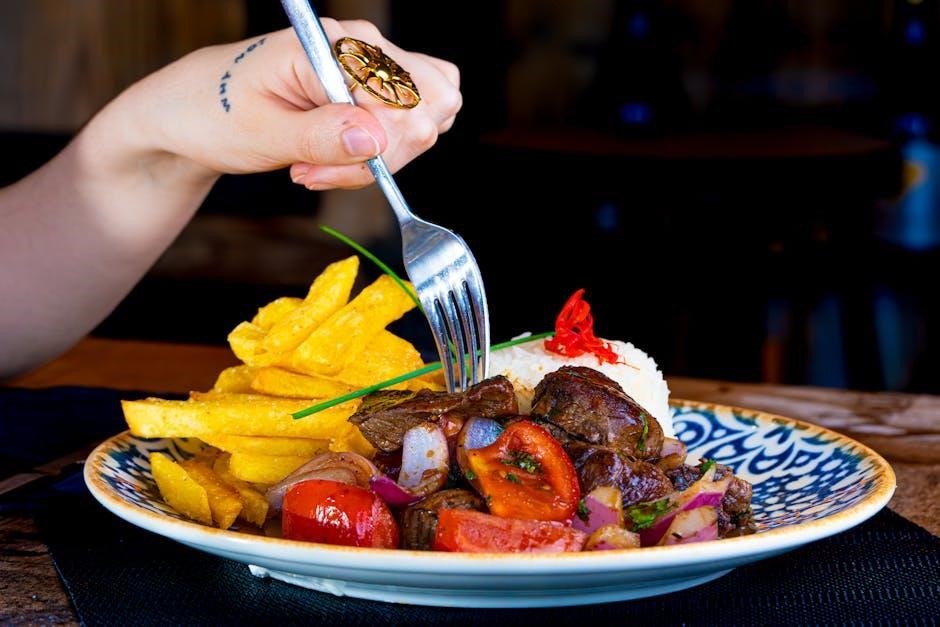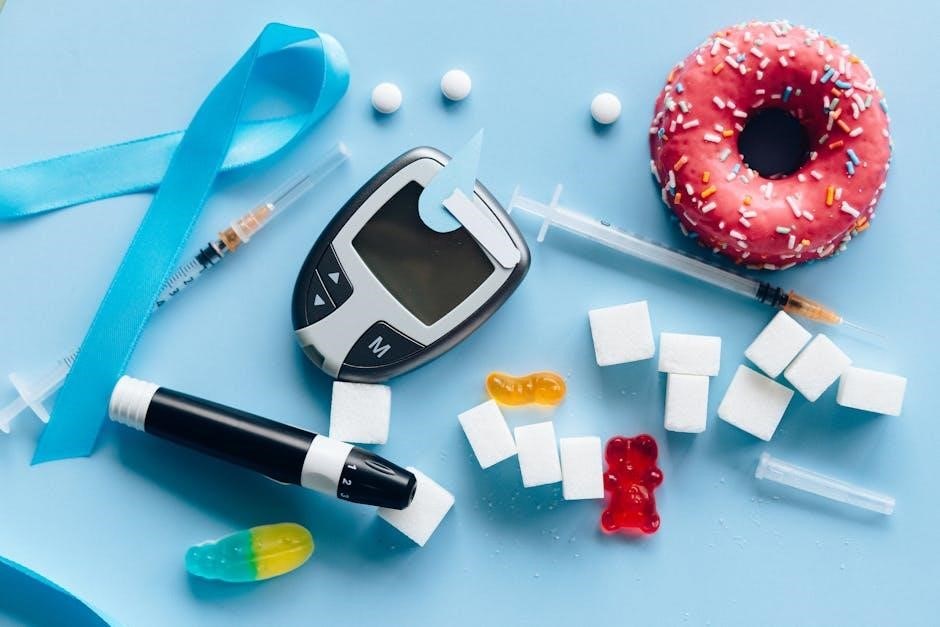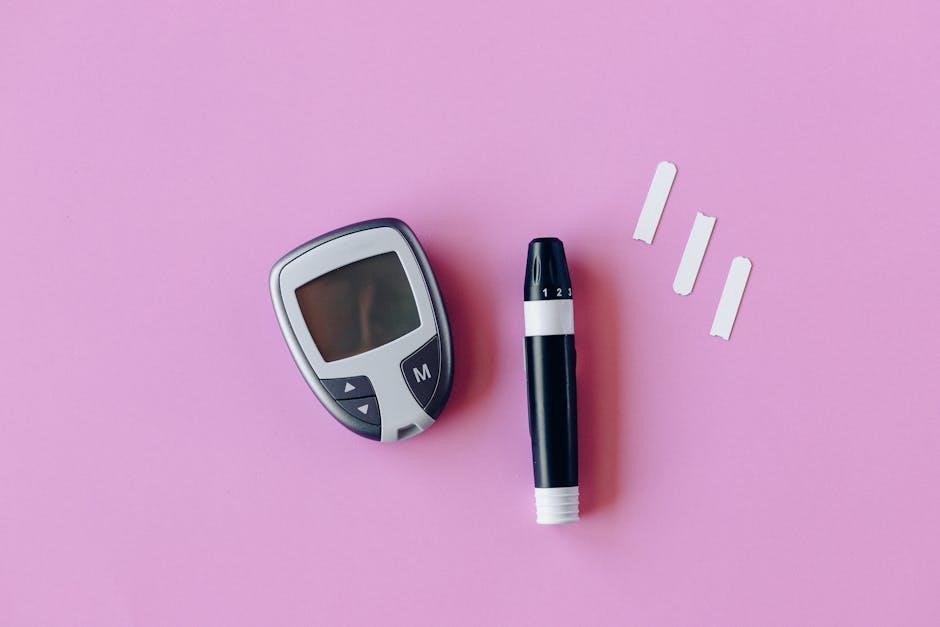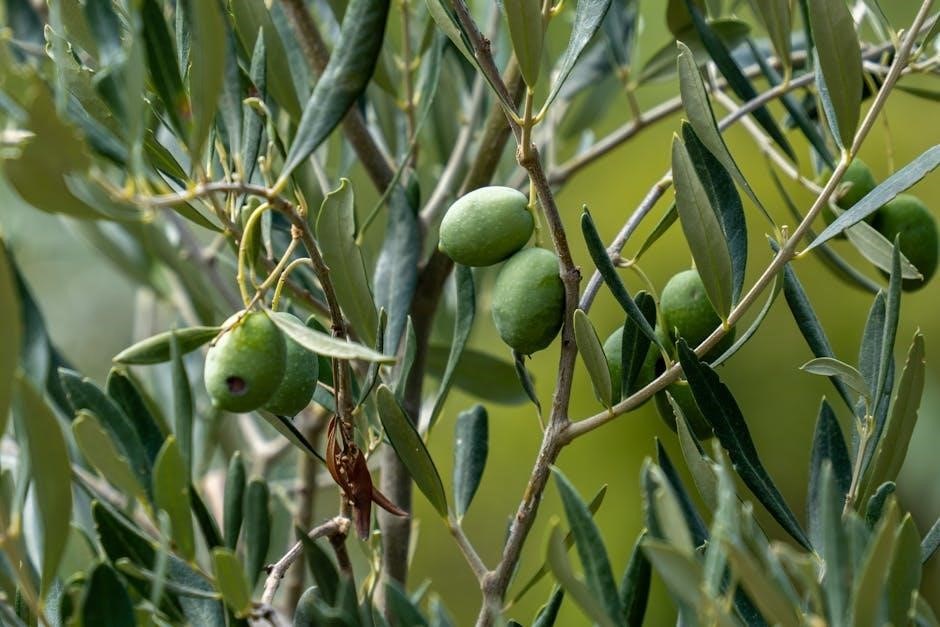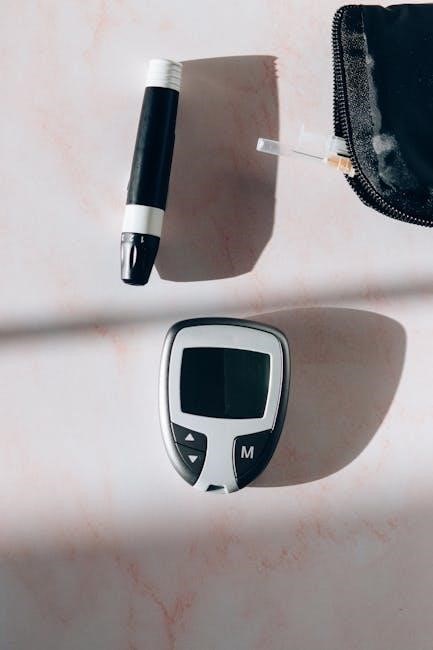The NJ Transit 552 bus schedule connects Cape May to Atlantic City, offering 58 stops daily. The downloadable PDF and real-time tracking via Moovit assist in efficient trip planning.
Overview of the NJ Transit 552 Bus Route
The NJ Transit 552 bus route operates between Cape May Welcome Center and Atlantic City Bus Terminal, covering 58 stops. It connects key areas like Wildwood and Lions Senior Center, providing daily service. The route is essential for commuters and tourists alike, offering a reliable link between Cape May and Atlantic City. With a downloadable PDF schedule and real-time tracking via apps like Moovit, passengers can plan their trips efficiently. This route ensures seamless travel across South Jersey, catering to diverse transportation needs.
Importance of the 552 Bus Schedule PDF
The 552 Bus Schedule PDF is a vital resource for planning trips between Cape May and Atlantic City. It provides detailed timetables, stop locations, and service frequencies, ensuring passengers can plan their journeys efficiently. The PDF format allows for easy access and offline use, making it ideal for commuters without internet access. By downloading the schedule, riders can stay informed about arrival times, transfer points, and any service alerts, enabling seamless travel. This resource is essential for both regular commuters and occasional travelers, offering convenience and reliability.
NJ Transit 552 Bus Route Details
The 552 bus route connects Cape May to Atlantic City, serving 58 stops, including Wildwood and Lions Senior Center, with daily service and a downloadable PDF schedule available.
Starting and Ending Points of the 552 Bus
The 552 bus route begins at the Cape May Welcome Center ⎻ Lafayette Street and ends at the Atlantic City Bus Terminal. This route spans 58 stops, providing daily service between these two key locations. The journey connects Cape May to Atlantic City, with notable stops in Wildwood and Lions Senior Center. Passengers can rely on the consistent schedule, making it a vital link for commuters and travelers alike. The route’s endpoints ensure convenient access to major destinations in New Jersey.
Key Stops Along the 552 Bus Route
The 552 bus route includes 58 stops, with major landmarks such as Wildwood and Lions Senior Center. These stops provide essential connectivity for residents and visitors, ensuring easy access to popular destinations. The route operates daily, making it a reliable option for commuting and leisure travel. Key stops are strategically located to serve high-demand areas, enhancing the overall efficiency of the service. This extensive network of stops ensures that passengers can reach their desired locations seamlessly along the Cape May to Atlantic City corridor.
Connecting Bus Services and Transfer Points
The 552 bus route seamlessly connects with other NJ Transit services, including routes 501, 502, 504, 505, 507, 508, 509, 551, 553, 559, and 319. Key transfer points like T1, T2, and T3 allow passengers to switch lines effortlessly. These connections enhance the overall network accessibility, making it easier to travel across different regions. The schedule PDF highlights these transfer points, enabling riders to plan their journeys efficiently. Major hubs, such as the Atlantic City Bus Terminal, serve as central points for multiple route connections, ensuring a smooth commuting experience.
NJ Transit 552 Bus Schedule and Timetables
The 552 bus schedule is available as a downloadable PDF, offering daily service with stops in Wildwood and Lions Senior Center. Real-time tracking via Moovit is also available.
Downloadable PDF Format of the Schedule
The NJ Transit 552 bus schedule is available in a downloadable PDF format, providing easy access to timetables, stops, and service details. This format allows passengers to plan their trips offline, ensuring convenience even without internet access. The PDF includes detailed information about departure times, key stops, and transfer points, making it an essential resource for commuters. By downloading the schedule, riders can navigate the route seamlessly, whether traveling between Cape May and Atlantic City or exploring connecting services.
- Offline access for convenient trip planning.
- Includes detailed timetables and stop information.
- Helps navigate the Cape May to Atlantic City route efficiently.
Service Frequency and Timings
The NJ Transit 552 bus operates daily, connecting Cape May to Atlantic City with stops in Wildwood and Lions Senior Center. Service frequency varies throughout the day, with buses running at regular intervals to accommodate commuters. Timings are carefully scheduled to ensure reliable travel, and real-time tracking via apps like Moovit provides up-to-the-minute updates. Passengers can plan their journeys based on peak and off-peak hours, with detailed schedules available in the downloadable PDF format. This ensures seamless travel across the route.
- Daily service with regular intervals.
- Real-time updates via tracking apps.
- Peak and off-peak hour variations.
Weekend and Holiday Schedules
The NJ Transit 552 bus schedule adjusts for weekends and holidays, ensuring consistent service. Passengers can access detailed timings in the downloadable PDF; On weekends, buses operate at slightly reduced frequencies compared to weekdays, while holidays may see further adjustments. It’s essential to check the official schedule or use real-time tracking apps like Moovit for precise departure times during these periods. This helps commuters plan their trips efficiently, even on non-weekday travel days.
- Weekend schedules may have reduced frequency.
- Holiday timings are subject to change.
- PDF schedules include weekend and holiday details.
Fares and Payment Options for the 552 Bus
NJ Transit offers affordable fares for the 552 bus route. Payment options include cash, credit/debit cards, and mobile payments via the NJ Transit app for convenience.
Current Fare Rates for the 552 Bus
The current fare for the NJ Transit 552 bus is $3 for a one-way ticket; Seniors, students, and children receive discounted rates. Payment options include cash, credit/debit cards, and mobile payments through the NJ Transit app. A Family Super Saver fare is available on weekends, allowing up to three children to travel free with a paying adult. Monthly passes are also available for frequent riders, offering cost savings for regular commuters. These fares ensure affordable and convenient travel across the route from Cape May to Atlantic City.
Payment Methods Accepted by NJ Transit
NJ Transit accepts various payment methods for the 552 bus, including cash, credit/debit cards, and mobile payments through the NJ Transit app. Riders can also use prepaid cards or tickets purchased at stations. The Family Super Saver fare allows up to three children to travel free with a paying adult on weekends. These payment options provide flexibility and convenience for commuters, ensuring easy access to the 552 bus route connecting Cape May and Atlantic City.
Real-Time Tracking and Trip Planning
Use apps like Moovit for live updates and step-by-step directions. Download offline PDF maps for no-internet access, ensuring seamless travel on the 552 bus route.
Using the Moovit App for Live Updates
Moovit provides real-time tracking for the NJ Transit 552 bus, offering live updates, step-by-step directions, and offline access. Download the app to view schedules, track arrivals, and plan trips efficiently. It also includes route maps, service alerts, and nearby stop locations, ensuring seamless travel. Moovit’s features help commuters stay informed and adapt to any service changes or delays, making it an essential tool for navigating the 552 bus route.
Step-by-Step Directions for Trip Planning
Plan your trip with the NJ Transit 552 bus schedule by identifying your start and end points. Consult the PDF schedule for departure times and key stops. Use real-time tools like Moovit for live updates. Review the route map to locate transfer points and landmarks. Check service alerts for any disruptions. Download the offline PDF for no-internet access. Follow step-by-step directions in the app for seamless navigation. This ensures efficient travel from Cape May to Atlantic City, with stops in Wildwood and Lions Senior Center.
Offline PDF Maps for No-Internet Access
Download the NJ Transit 552 bus schedule PDF for offline access, ensuring uninterrupted trip planning. The PDF includes detailed timetables, route maps, and key stops. Use it to navigate areas with limited internet connectivity. Access the PDF via the official NJ Transit website or apps like Moovit. Offline maps allow you to view schedules and plan routes without internet, making it ideal for travel in remote areas. This feature enhances convenience and ensures seamless travel on the 552 bus route from Cape May to Atlantic City.
Key Stops and Route Highlights
The 552 bus route highlights stops in Cape May, Wildwood, and Lions Senior Center, connecting key destinations along the Cape May to Atlantic City corridor.
Major Landmarks and Transfer Hubs
The 552 bus route passes through notable landmarks like Cape May Welcome Center and Lions Senior Center, serving as key transfer hubs for connecting routes. These stops provide easy access to major destinations, ensuring seamless travel for commuters.
Accessibility Features at Key Stops
Key stops on the 552 bus route are equipped with accessibility features, including wheelchair ramps and audible announcements, ensuring ease of access for all passengers. Shelters and pathways are designed to accommodate individuals with disabilities, promoting inclusivity. Additionally, assistive technologies like Braille signage are available at major transfer hubs, enhancing the travel experience for visually impaired riders. These features align with NJ Transit’s commitment to providing equitable transportation options for everyone.
Route Maps and Geographical Coverage
The NJ Transit 552 bus route spans from Cape May to Atlantic City, covering key areas like Wildwood. Detailed route maps are available in PDF format for easy trip planning.
Detailed Route Map of the 552 Bus
The NJ Transit 552 bus route map provides a visual guide of the journey from Cape May to Atlantic City, covering 58 stops. Key stops include Wildwood and Lions Senior Center. The map highlights major landmarks and transfer points, such as the Atlantic City Bus Terminal. Passengers can download the PDF map for offline access, ensuring navigation without internet. This detailed map helps riders understand the route layout, plan connections, and identify nearby attractions. It’s an essential tool for both regular commuters and occasional travelers.
Geographical Areas Covered by the Route
The NJ Transit 552 bus route spans from Cape May to Atlantic City, covering key coastal areas in New Jersey. It serves communities along the Jersey Shore, including Wildwood and Lions Senior Center. The route connects residential neighborhoods, tourist attractions, and commercial hubs, providing essential transportation links. This service is vital for both locals and visitors, ensuring access to beaches, shopping centers, and entertainment venues. The 552 bus route is a lifeline for coastal communities, offering reliable transit across diverse geographical landscapes.
Planning Your Trip with the 552 Bus Schedule
The 552 bus schedule PDF allows passengers to plan trips efficiently, with detailed timetables and stop information. Real-time tracking via apps like Moovit enhances commute organization.
How to Use the Schedule for Effective Planning
The NJ Transit 552 bus schedule PDF provides detailed timetables, stop locations, and transfer points. Review the PDF to understand departure times, plan connections, and identify key stops. Use real-time tracking apps like Moovit for live updates and adjust plans accordingly. Download the PDF for offline access to ensure seamless navigation without internet. By referencing the schedule, passengers can minimize wait times, coordinate transfers, and enjoy a smooth journey from Cape May to Atlantic City.
Time Point and Transfer Point Details
The NJ Transit 552 bus schedule PDF highlights time points and transfer hubs, ensuring efficient travel. Key stops like Wildwood and Lions Senior Center serve as transfer points for connecting routes. Time points indicate exact departure times, helping passengers plan accurately. Use the PDF to identify transfer points for routes like 501, 502, and 504. Real-time tracking via apps like Moovit complements the schedule, offering live updates. Plan connections carefully, especially on weekends, when some stops operate on limited schedules.
Downloading the 552 Bus Schedule PDF
Download the NJ Transit 552 bus schedule PDF from the official website or mobile app for easy access. The PDF includes timetables, stops, and maps for efficient trip planning.
Steps to Download the Schedule from Official Sources
To download the NJ Transit 552 bus schedule PDF, visit the official NJ Transit website or mobile app. Navigate to the “Bus Schedules” section, select route 552, and click the download link. The PDF includes detailed timetables, stops, and route maps. For offline access, save the file to your device. Regular updates ensure the schedule reflects the latest changes. This convenient format allows passengers to plan trips efficiently, even without internet connectivity, making it an essential tool for seamless travel on the 552 bus route.
Benefits of Having an Offline Schedule
Having an offline NJ Transit 552 bus schedule PDF offers convenience and reliability. It allows passengers to access timetables, stops, and route maps without internet connectivity. This is particularly useful during travel in areas with limited or no data coverage. The offline schedule ensures uninterrupted planning, reducing delays and stress. Additionally, it saves data usage and battery life, making it an essential resource for commuters. By downloading the PDF, riders can navigate the route efficiently, even in offline mode, enhancing their overall travel experience on the 552 bus.
Service Alerts and Advisories
NJ Transit 552 bus riders should check for current service alerts. New schedules effective August 30 and fleet modernization with new buses may impact travel plans.
Current Service Alerts for the 552 Bus
NJ Transit 552 bus riders should be aware of new schedules effective August 30, impacting travel times. Fleet modernization with new buses may alter service frequencies. Passengers are advised to check the latest alerts on the NJ Transit website or via the Moovit app for real-time updates. Additionally, expired advisories, such as the Princeton Shuttle suspension, are no longer in effect. Always allow extra time for potential delays due to service changes or unexpected disruptions.
How to Stay Updated on Service Changes
To stay informed about NJ Transit 552 bus service changes, use the Moovit app for real-time updates and track schedule modifications. Visit the official NJ Transit website or download their mobile app for the latest alerts and downloadable PDF schedules. Additionally, check the Bus Point-to-Point page for updated timetables, especially for changes effective August 30. Enable notifications from these platforms to receive instant alerts about delays, new schedules, or service disruptions, ensuring seamless travel planning.
Connecting Routes and Transfer Information
The 552 bus connects with routes like 501, 502, 504, 505, 507, 508, 509, 551, 553, 559, and 319 at key transfer points for seamless travel options.
Bus Routes Connecting to the 552 Service
The 552 bus service connects with multiple routes, including 501, 502, 504, 505, 507, 508, 509, 551, 553, 559, and 319, at designated transfer points. These connections provide passengers with seamless options to extend their journeys beyond the 552 route. Transfer points like T1, T2, and T3 serve as hubs for switching lines, ensuring convenient travel across the network. By utilizing these connecting routes, passengers can access a broader range of destinations, making the 552 bus schedule a vital tool for efficient trip planning.
Transfer Points and Schedules
Key transfer points for the 552 bus include T1, T2, and T3, offering connections to routes like 501, 502, 504, 505, 507, 508, 509, 551, 553, 559, and 319. These points allow passengers to switch lines seamlessly, expanding travel options. Schedules at these points are synchronized to minimize wait times, ensuring efficient transfers. The PDF schedule provides detailed timing for each transfer point, helping passengers plan their journeys accurately. This coordination makes the 552 bus a reliable choice for commuters needing to connect to other routes.
Future Updates and Modernization
NJ Transit is modernizing its fleet with 175 new 40-foot Flyer buses, enhancing the 552 route’s reliability and comfort, part of a broader service improvement plan.
New Buses and Fleet Modernization
NJ Transit has introduced 175 new 40-foot Flyer buses to modernize its fleet, enhancing the 552 route’s reliability. These buses feature modern amenities like Wi-Fi and USB ports, improving passenger comfort. The initiative aims to replace outdated vehicles, ensuring safer and more efficient service. This modernization aligns with NJ Transit’s goal to upgrade its entire fleet, providing riders with a better travel experience. The new buses are expected to significantly improve the 552 route’s performance and customer satisfaction.
Upcoming Schedule Changes and Improvements
NJ Transit has announced new bus schedules starting August 30, affecting several routes. Commuters are advised to check the Bus Point-to-Point page for updated timetables. These changes coincide with fleet modernization efforts, including the introduction of new Flyer buses. The updated schedules aim to enhance service reliability and efficiency, benefiting the 552 route. Passengers should stay informed about any service alerts or advisories to ensure smooth travel. Regular updates are available on the official NJ Transit website and mobile app.
Customer Support and Assistance
NJ Transit offers customer support through their website and mobile app, providing contact information and assistance for passengers with disabilities to ensure accessible travel.
Contact Information for NJ Transit Customer Service
NJ Transit customer service is available to assist with inquiries about the 552 bus schedule and other services. Passengers can visit the official NJ Transit website or mobile app for contact details, including phone numbers, email, and office locations. Additionally, customer service representatives are available to provide support for trip planning, fare information, and accessibility concerns; For passengers with disabilities, NJ Transit offers specialized assistance, ensuring inclusive travel options. Contacting customer service is a convenient way to address any questions or concerns regarding the 552 bus route or other transit services.
Assistance for Passengers with Disabilities
NJ Transit is committed to providing accessible services for passengers with disabilities. The 552 bus route features accessible buses equipped with lifts and priority seating. Passengers can request assistance through NJ Transit’s customer service, which includes phone support and online resources. Additionally, the downloadable PDF schedule includes information on accessible stops and transfer points. NJ Transit ensures that all passengers, including those with disabilities, can travel seamlessly with proper accommodations and support.
The NJ Transit 552 bus schedule PDF is a vital tool for seamless travel planning, offering convenience and accessibility for all passengers.
Final Thoughts on the 552 Bus Schedule
The NJ Transit 552 bus schedule PDF is an essential resource for travelers, providing clear and accessible information for planning trips between Cape May and Atlantic City. With real-time tracking via apps like Moovit and downloadable offline maps, passengers can stay informed and navigate seamlessly. The schedule’s detailed timetables and stop listings ensure reliability, while customer support options add an extra layer of assistance. Whether commuting daily or visiting, the 552 bus schedule is a valuable tool for efficient and stress-free travel.
Encouragement to Use the Schedule for Seamless Travel
Using the NJ Transit 552 bus schedule PDF ensures a smooth and stress-free journey. By planning your trip in advance, you can avoid delays and make the most of your travel time. The downloadable PDF and real-time updates via apps like Moovit keep you informed, even without internet access. Whether you’re a daily commuter or an occasional traveler, leveraging the schedule’s detailed information will help you navigate effortlessly. Download the PDF today and enjoy a hassle-free travel experience on the 552 bus route.








